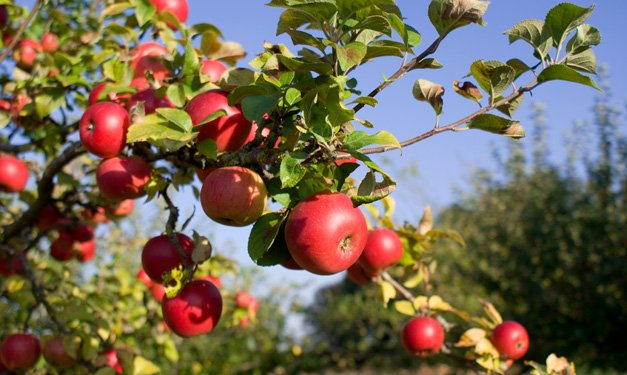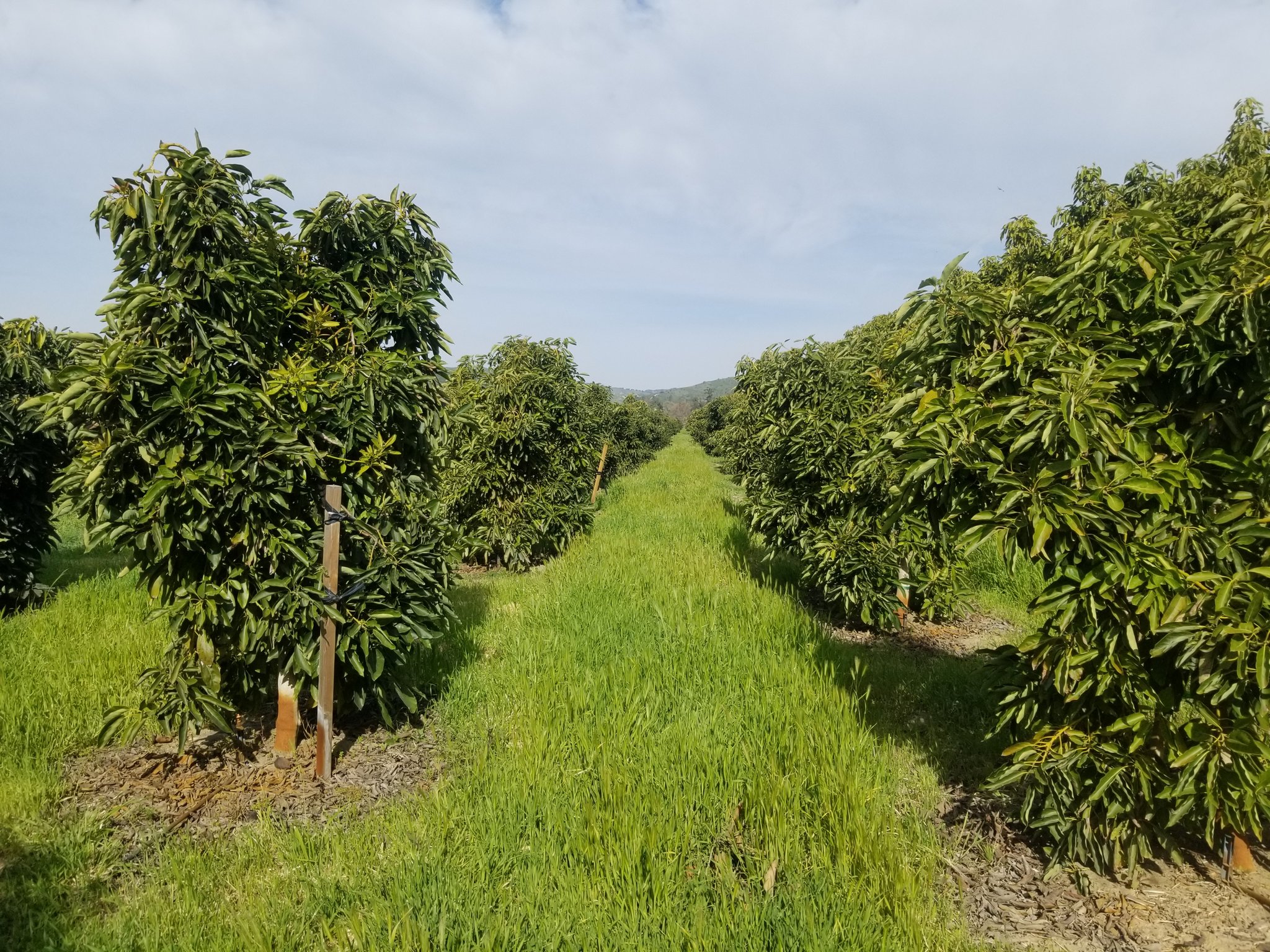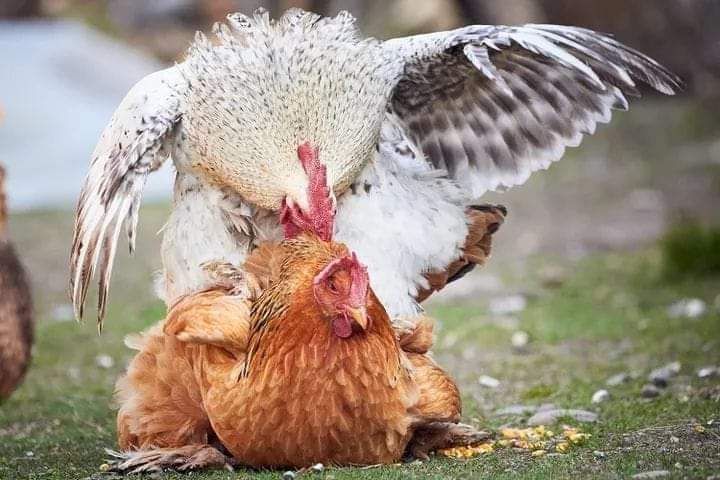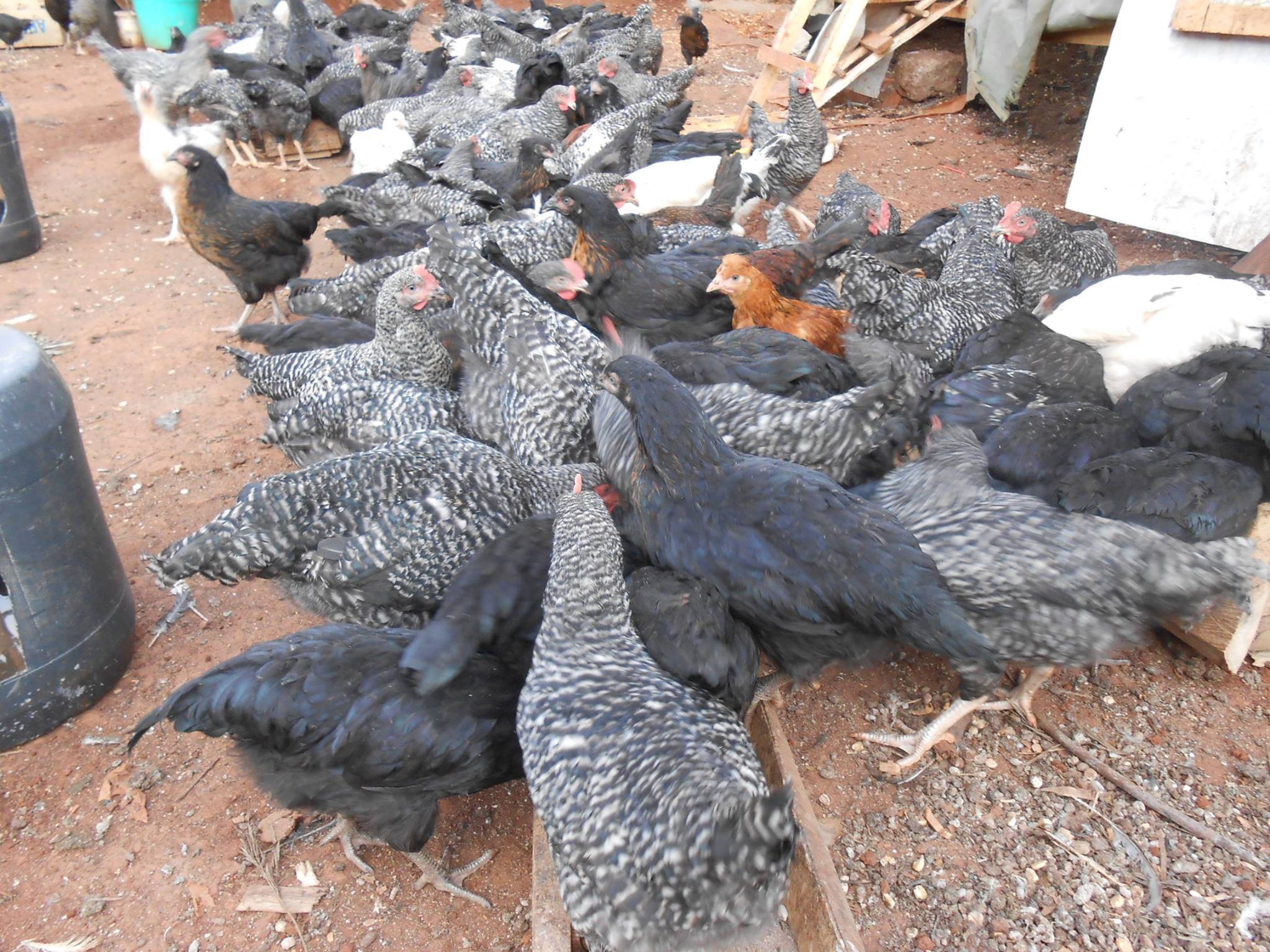ANNA APPLE FARMING GUIDE Understanding anna apples Anna apples, developed in Israel, are particularly well-suited for warm climates. They require only 200-300 chilling hours, which is significantly less than many other apple varieties. This makes them ideal for USDA Zones 5-9. Anna apples are harvested in early summer, typically between June and July, offering a crisp, sweet-tart flavor that is excellent for fresh eating and cooking. Their adaptability to warmer climates and early ripening make them a popular choice for gardeners and farmers in regions with mild winters. Site selection Selecting the right site for planting Anna apple trees is crucial. These trees require full sunlight to ensure optimal fruit production. The soil should be well-drained and loamy, with a pH level between 6.0 and 7.0. Good drainage is essential to prevent root rot and other water-related issues. Standard Anna apple trees need about 20 feet of space to spread, while dwarf varieties need 10-15 feet. Proper spacing ensures adequate air circulation and sunlight penetration, both of which are vital for healthy tree growth and fruit development. Planting Planting Anna apple trees should be done in late winter or early spring when the trees are dormant. Start by digging a hole twice the diameter of the root ball and just as deep. Amend the soil with compost to improve fertility and drainage. Place the tree in the hole, ensuring the graft union is above the soil line to prevent disease. Spread the roots out gently and back fill with soil. Water thoroughly to help the soil settle around the roots and eliminate air pockets. Proper initial planting techniques set the foundation for healthy tree growth. Watering and mulching Consistent watering is critical, especially during the first year as the tree establishes its root system. The soil should remain consistently moist but not waterlogged. Mulching around the base of the tree helps retain moisture, suppress weeds, and regulate soil temperature. Organic mulch such as straw, wood chips, or compost can be used. This practice not only conserves water but also provides nutrients as the mulch decomposes. Regular monitoring of soil moisture levels is necessary to adjust watering practices according to weather conditions and tree needs. Fertilizing Fertilizing Anna apple trees should be done in early spring with a balanced fertilizer. Over-fertilizing, particularly with nitrogen, should be avoided as it can lead to excessive foliage growth at the expense of fruit production. A balanced approach to fertilization promotes healthy growth and improves fruit quality. Soil tests can help determine nutrient deficiencies and guide appropriate fertilizer application. Regular fertilization, combined with good soil management practices, ensures the trees receive the nutrients they need for optimal growth and fruiting. Pruning Pruning is an essential part of maintaining Anna apple trees. Formative pruning helps shape young trees, establishing a strong central leader or an open center. Annual maintenance pruning involves removing dead, diseased, or crossing branches to improve air circulation and light penetration within the canopy. Thinning out the canopy also helps reduce the risk of disease and encourages the development of larger, healthier fruit. Proper pruning techniques can significantly influence the overall health and productivity of the tree, ensuring a good yield of high-quality apples. Pollination Anna apples are partially self-fertile but benefit greatly from cross-pollination. Planting them alongside compatible varieties such as Dorsett Golden or Ein Shemer can enhance fruit set and yield. Encouraging pollinators, such as bees, by planting bee-friendly flowers nearby can also improve pollination success. This practice not only boosts apple production but also supports local biodiversity and ecological health. Effective pollination strategies are key to maximizing the productivity of Anna apple trees. Pests and disease management Managing pests and diseases is a critical aspect of Anna apple farming. Common pests include aphids, apple maggots, and coddling moths. These pests can be managed through a combination of organic methods, such as introducing beneficial insects, and chemical controls when necessary. Diseases like apple scab, powdery mildew, and fire blight require vigilant monitoring and appropriate fungicide applications. Harvesting Harvesting Anna apples at the right time ensures the best flavor and texture. The apples should be fully colored and firm to the touch. A gentle twist and lift motion helps avoid damaging the fruit or the tree. Proper harvesting techniques ensure that the apples are picked at their peak of ripeness, providing the best possible taste and quality. Timely harvesting also helps in managing tree health and preparing the tree for the next growing season.
ANNA APPLE FARMING GUIDE, GROWING AREAS, GROWING CONDITIONS, PEST AND DISEASES





